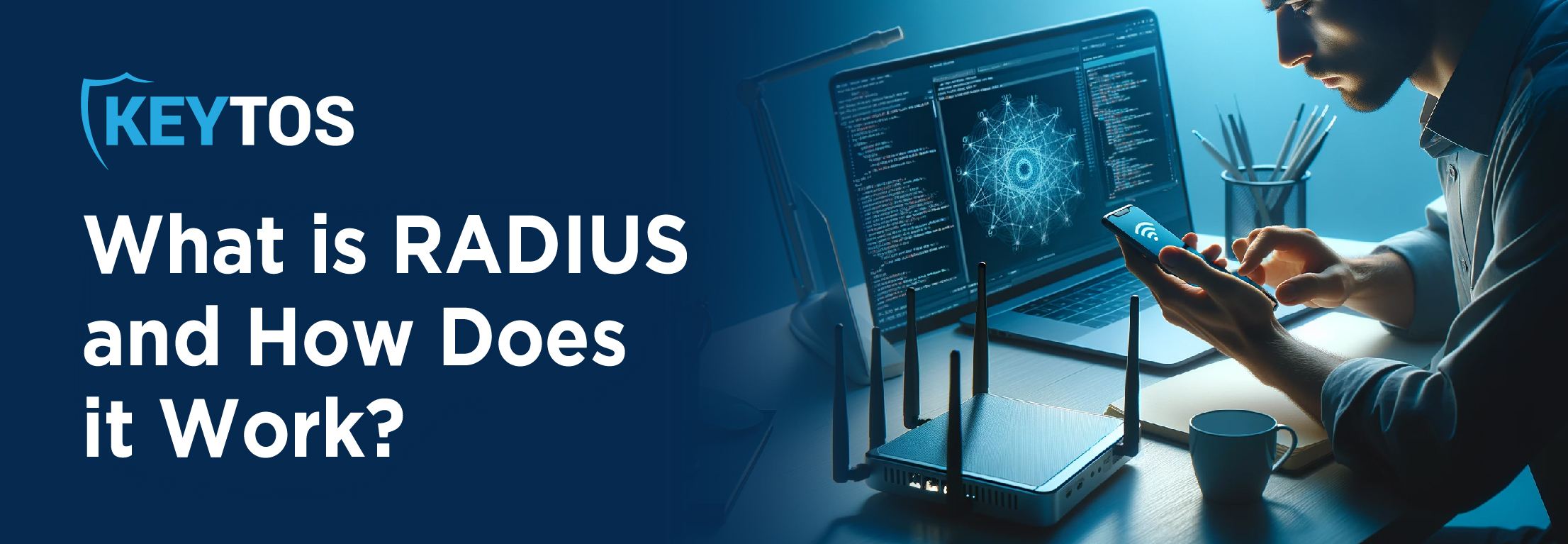
Let’s take a look at the major players in the industry. We’ll take the guesswork out of the equation for you and focus on the 4 “best” organizations in the RADIUS market. The following should help you make a decision as to which solution is most appropriate for your organization.
Imagine a technology that acts as the gatekeeper of your network, meticulously determining who gets in and who stays out. That’s RADIUS (Remote Authentication Dial-In User Service) for you, a client-server protocol that resides at the heart of network security, operating in the application layer. At its core, RADIUS involves two main characters: the RADIUS Server and its clients.
RADIUS Clients, also known as Network Access Servers, are the front-line defenders, the networking devices (think VPN concentrators, routers, switches) that engage directly with users seeking access. The RADIUS Server, on the other hand, is the brain of the operation, running silently on a UNIX or Windows server, maintaining a central repository of user profiles. This centralization empowers you with absolute control over network connections.
When an access attempt is made, the RADIUS Client reaches out to the RADIUS Server, seeking approval. Only upon successful authentication and authorization by the server can the user connect to the client. This RADIUS setup, while varied across different environments, universally provides AAA (Authentication, Authorization, and Accounting) capabilities. Some setups even allow a RADIUS Server to serve as a proxy, forwarding requests to other RADIUS Servers.
RADIUS Servers are pivotal for businesses aiming to secure their systems and user data, offering a solid foundation for security management and server administration policy formulation.
The authentication journey with a RADIUS Server is multifaceted, supporting diverse methods to authenticate a user. This journey typically kicks off with a user attempting to connect to a RADIUS Client using credentials (username and password). Here’s a step-by-step breakdown of the process:
1 A user’s authentication plea is carried to the RADIUS Server by the Client through an Access-Request message, encrypted for security.
2 The RADIUS Server validates the message’s origin using a shared secret. Unrecognized sources are outright rejected.
3 Authorized Clients have their authentication method evaluated by the server.
4 The server then compares the provided credentials against its user database, retrieving additional information for successful matches.
5 It further examines if there’s an access policy in line with the user’s credentials.
6 Absence of a matching policy results in Access-Reject, blocking system access for the user.
7 A matching policy triggers an Access-Accept, green-lighting the access.
8 This Access-Accept includes a shared secret and a Filter ID attribute, which helps in grouping users within the RADIUS environment based on similar attributes.
9 Post shared secret validation, the user is authenticated, authorized, and granted access.
Upon successful authentication, RADIUS performs authorization to ensure users are granted appropriate network privileges:
1 Verify the user has access to the network based on their authentication and associated policies.
2 Assign the correct VLAN to the user, aligning network access with organizational policies and user roles.
3 Advanced RADIUS implementations, like EZRADIUS, offer enhanced authorization options including Entra ID group membership checks or device compliance assessments. This allows for dynamic and context-sensitive access control, further securing the network environment.
EZRADIUS also excels in accounting, gathering data for network monitoring or statistical analysis. This function kicks in post-access approval and can operate independently of the authentication and authorization processes. The accounting cycle encompasses:
1 The initiation of an Accounting Start packet to the RADIUS Server upon user access.
2 Periodic Interim Update packets sent during the session, detailing session duration and data usage.
3Conclusion of access triggers an Accounting Stop packet, cataloging session metrics and disconnection details.
RADIUS Servers are not just about keeping unwanted guests out; they’re about empowering organizations with the tools to manage network access securely and efficiently. They seamlessly integrate into existing systems, offering unique network permissions on a user-by-user basis.
The utility of RADIUS Servers is vast, making them an invaluable addition to any network seeking robust security and management features. For those intrigued by the possibilities of integrating RADIUS into their systems, Keytos presents EZRADIUS as a streamlined solution. Discover more by engaging with our RADIUS specialists or diving documentation for a deeper understanding of EZRADIUS’ capabilities. In the meantime, if you’d like to schedule a time to speak with on our PKI Experts, please use the previous link to do so!